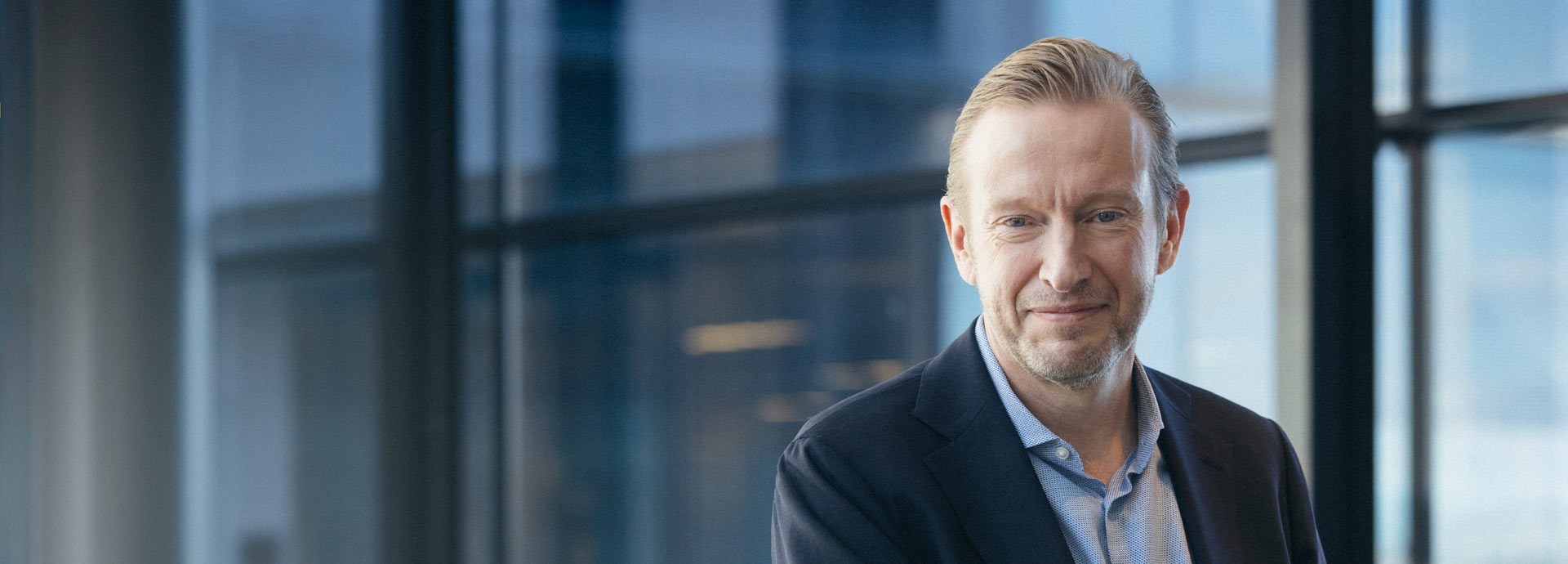

At the Reuters Energy Transition North America conference held in Houston last Fall, one sentiment resonated loud and clear: clean energy is a priority.
And it’s a great time to be optimistic about our global energy paradigm. Between the innovations happening daily around the world; the advances that the power sector is making toward being cleaner, greener and more reliable; and increased awareness and diligence by corporate interests, power generators, and consumers alike, there is much on which to pin hopes.
Keeping up with innovation
With that said, we must keep up a steady pace of innovation and implementation to ensure a robust energy sector, and along with that, reverse climate change.
We have come a long way—but there are still obstacles and misinformation to overcome, just as there have always been. Back in university, where I studied engineering, we were taught that Finland, my home country, could never use wind power because there is not sufficient average wind speeds and the blades would freeze during our cold winters, rendering them inoperable. Today—thanks to innovations that allow turbines sited in colder climates like the American Midwest, Northern Europe and Canada to come equipped with de-icers or heating mechanisms—30% of Finland’s electricity generation capacity is wind power.
Thanks, innovation.
I can’t predict where we will be 20 years from now, but the worldwide transition to net zero—a world where we do not emit carbon dioxide—is happening at an eye-popping rate. The capacity for rapid, sustained change is where I’m most bullish. It is no longer a question of if we will make the journey, but when we will arrive at a decarbonised future.
Easy, right? Not really. But it’s doable.
5 steps to phase out fossil fuels
The key is in power system modeling, which allows us to understand operations and fundamentals of power systems in play, to quantify system level benefits for different generation and storage technologies, and once we understand the ground game, devise a specifically tailored plan that involves the following five steps.
Step one: add renewables capacity. This may sound obvious, but adding renewables capacity gets us part way there. Any amount greater than zero is a step toward achieving the ultimate goal.
Step two: add flexible grid balancing engine capacity and energy storage. Balancing capacity allows power plants to turn off and on in a matter of minutes. This is important because it means when the wind picks up, so to speak, the balancer plant can easily turn off and shift to operate on the cleaner fuel option, wind.
Step three will turn heads: phase out inflexible baseload fossil fuel plants. This step is likely the one to provide the most resistance even though change is good and the reward at the end of the line will be more than worth the effort it took to get there.
Step four: power plants need to make the conversion to sustainable fuels. Sustainable fuels can meet the critical demand for long-term storage solutions that balance grids in an affordable and sustainable way. The influx of renewables entering power systems is creating the right conditions for excess clean electricity to be used as a raw material for new types of sustainable fuels, like hydrogen and ammonia. These future fuels will provide the final push to reach 100% renewable energy goals.
And finally, step five: phase out fossil fuels completely. When power plants are designed to efficiently balance renewable energy, it’s a much more effective and environmentally friendly way to manage the power system. The gas guzzlers from the 1970s are rarely seen on the road anymore for a valid reason.
No one person or company can change the world overnight; big, meaningful change is something we all need to be invested in and committed to do together. When everything is changing, remaining stagnant is the worst possible position to take. Progress is forward motion toward an achievable and sustainable goal. The energy sector must work together toward a net zero goal. With commitment and ingenuity, we got this.
